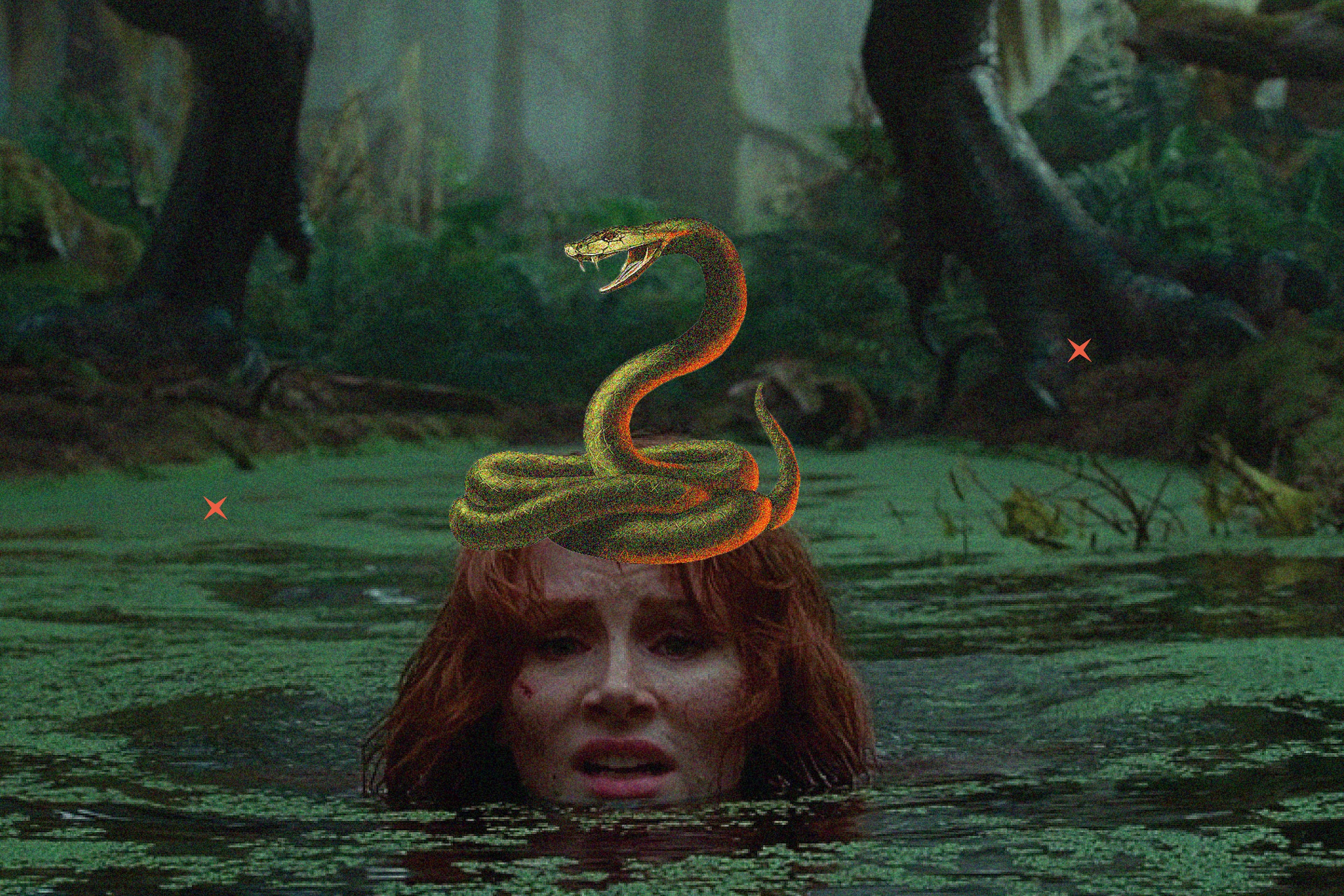
EU Slams X With $140m Fine for 'Deceptive' Blue ChecksDec 5
after threatening american tech companies for years, the eu finally hits x with its first major penalty under the digital services act
Jun 9, 2023

Noah’s (trailer p)ark. The belief grew slowly over several decades, and then it was everywhere at once, inescapable, foundational, beyond question: we’re not supposed to change the world. Nature is perfect just the way it is, and the greatest gift a man can give this blue green jewel suspended in the heavens is to live a quiet, uneventful life that doesn’t use it very much. Then — after no more than 75 years exactly — die.
There are a lot of problems with FernGully leftism. Chief among them, FernGully is a cartoon, and the sentient Mother Nature of your average TikTok teen’s imagination isn’t real. The only possible moral use of natural resources must be in service of the only moral creatures on this planet, which is to say us (well, most of us). But even in keeping with the tenets of primitive nature worship, the static Earth position falls apart when one considers how much of our planet we’ve already changed. Concerning climate, for example, is our goal to simply stop global warming, or might we consider repairing the ‘existential’ damage human beings have already, apparently done? Because cooling the planet will require significant acts of geoengineering, which is to say dramatic, man-made change. In terms of something more concrete, however, there are few examples of our need to change this world so illustrative as the invasive species, an enduring fascination of mine, and the topic of this piece. Here, my suggestion is simple: I think we should genetically modify Burmese pythons to self-destruct (in a sense), release the modified pythons into the untamed wilds of Noah’s trailer park (Florida), and delete the invading species from our planet.
A gene drive is a relatively new tool capable of hacking the laws of Mendelian genetics. While there are countless potential uses for the technology, it has most famously been explored in the context of malaria-carrying mosquitos, with the notion we could drive the few mosquito sub species responsible for killing hundreds of thousands of people a year to extinction (incredibly, some people find this controversial). In its most basic sense, that plan looks something like this: we genetically modify malaria-carrying mosquitoes to only produce males, breed them in batches, and release them into the wild. This should naturally produce an overabundance of males carrying the extinction gene, rapidly crowd unmodified males out of the mosquito sexcapades, and spread the gene throughout the native population. A handful of generations later, just after saturation, the females will pretty much vanish, and the sub species’ population will crash to zero. Congratulations, you cured malaria.